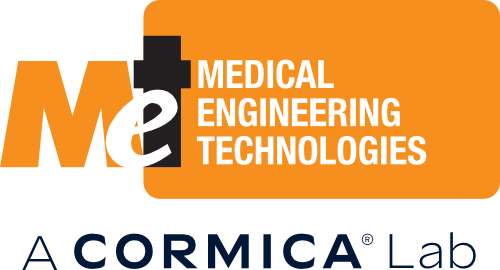How to Apply Extractables and Leachables Testing to Medical Devices
If a medical device has short term surface contact, it clearly does not require the same amount of vigour in the investigation of the availability of chemicals (to the end user) as a permanent implant. Therefore, MET has introduced the concept of different levels of materials characterisation based on the biocompatibility matrix in ISO 10993 and part 18 of this standard.
The requirement for the assessment of migrating materials from a pharmaceutical container is fairly clearly defined. The leachables can be described as the chemicals that are likely to be dosed to the patient or user, while the extractables includes additional entities that can be forced out of the materials of construction. The reason for identifying and quantifying the extractables is that there is a risk of them transferring into the formulation at some point during its storage.
The leachables concept transfers quite well to medical devices. The adhesive on ECG electrodes has only dry skin contact. The ‘in use leachables’ are only those materials that could transfer to the skin over the period of a few days. If the electrode is replaced after three days, the patient is subjected to a new dose of leachables. The idea of forcing extractables from the electrode is not very useful here. However, for a long term cerebral implant there is a possibility of chemicals which are more difficult to extract, migrating into the patient. Here, the concept of ‘simulated use’ leachables is introduced. Clearly it is not possible to wait for many years for the leachable to migrate into solution for analysis. Therefore, forced extraction is used, the strength of which (whilst being based in ISO 10993-12) can be adjusted according to the environment and duration of use.
Contact MET if you would like a full copy of our extractables and leachables biocompatibility matrix.
